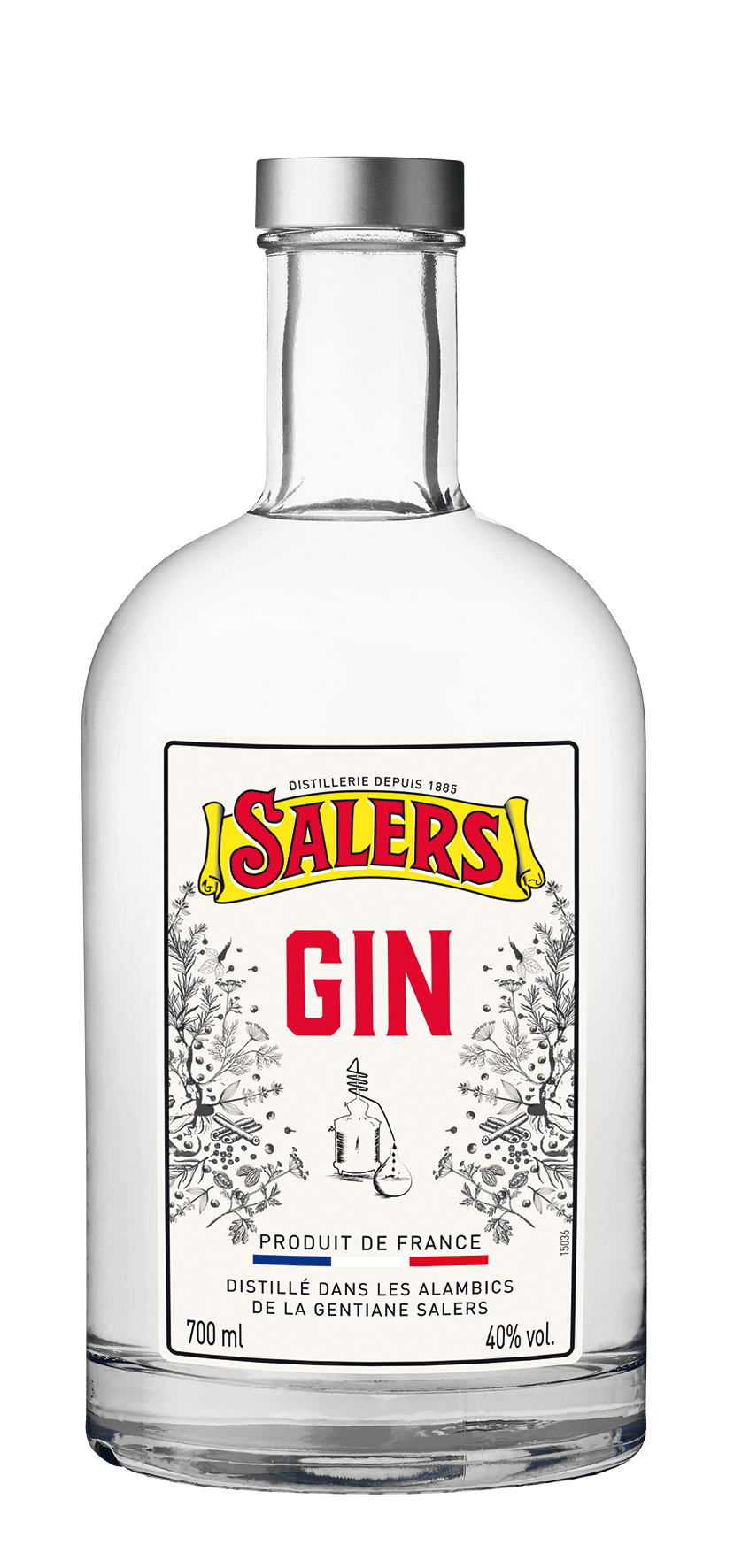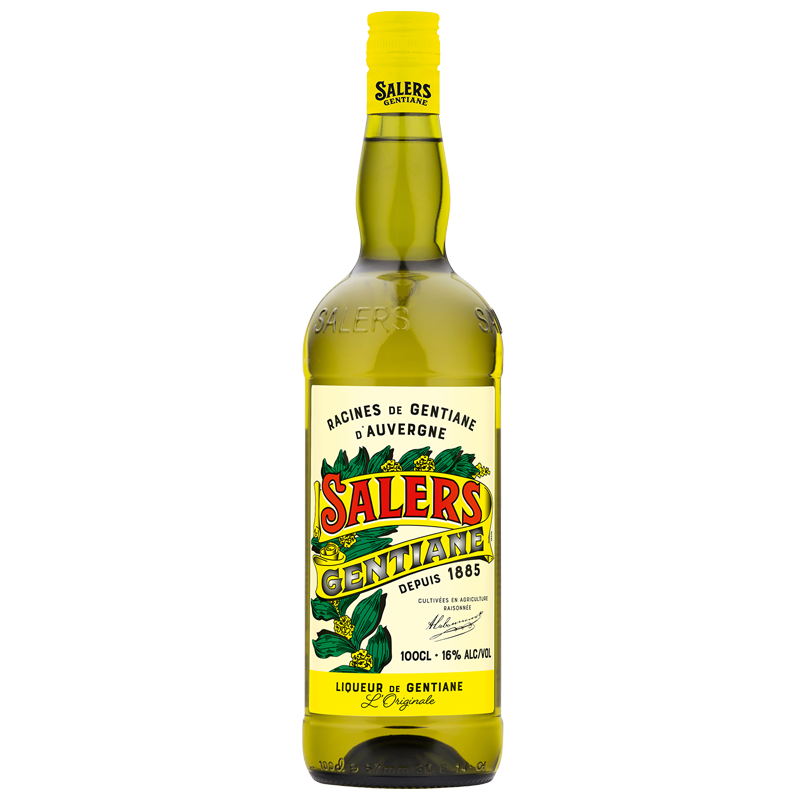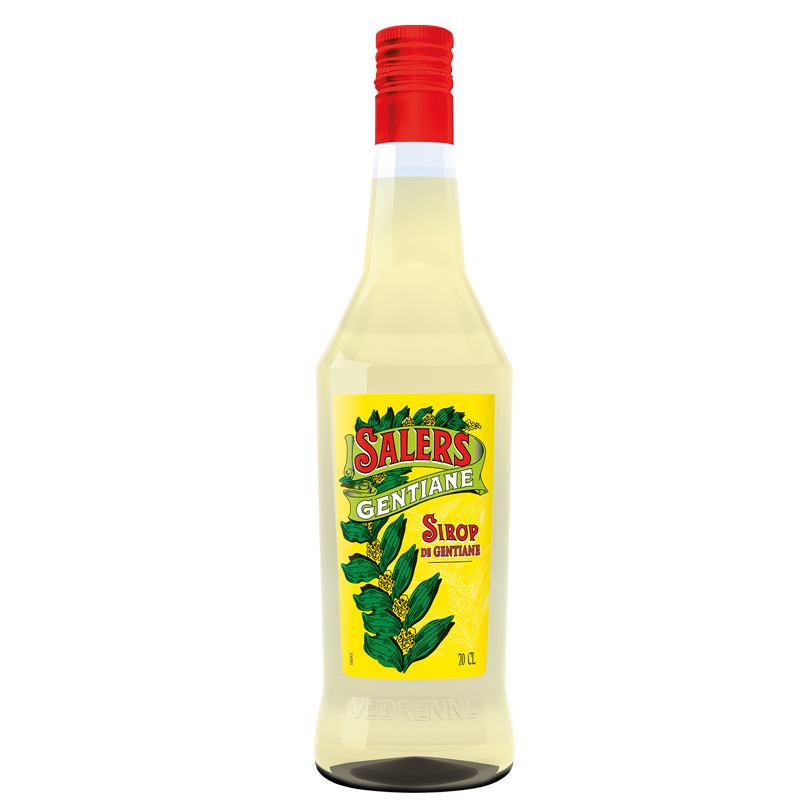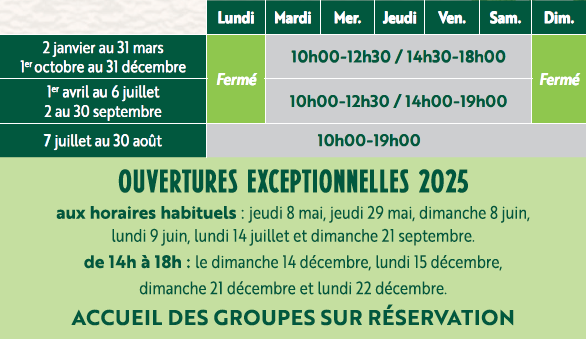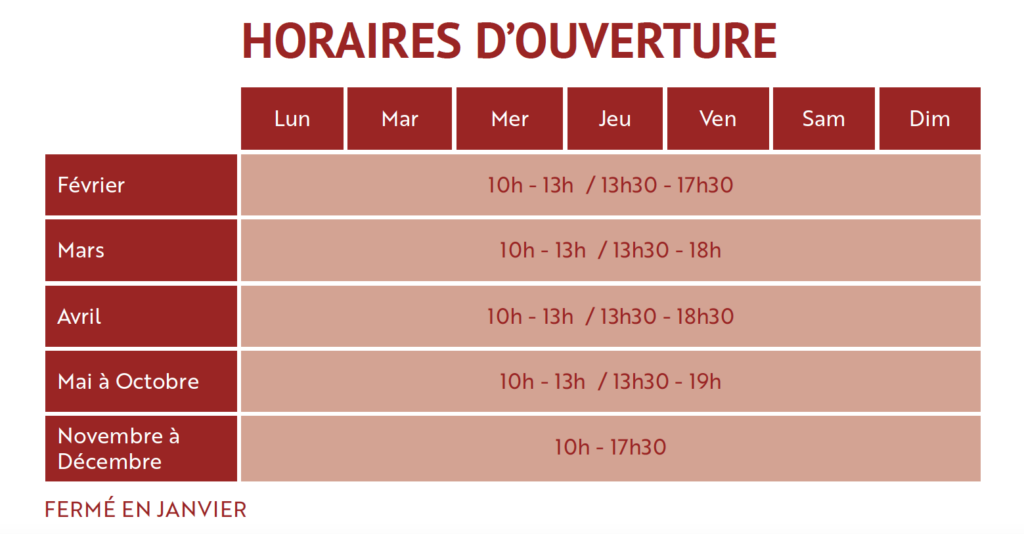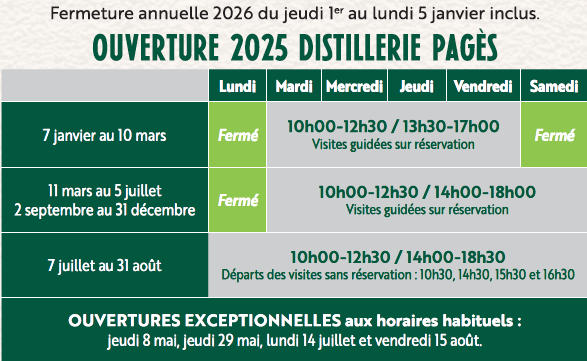SALERS, since 1885 in Corrèze, the oldest gentian aperitif made in the Massif Central.
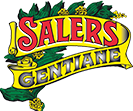
EAU FRAÎCHE
Ingredients
- 15 ml VEDRENNE Yellow Peach Syrup
- 15 ml Gin
- 20 ml SALERS Gentiane Liqueur 16%
- 80 ml tonic water
- 1 cucumber slice
Method
- Build in a large wine glass.
- Garnish with a cucumber slice.
Production
Once pulled from the ground the roots are washed and crushed before maceration in alcohol for several weeks to get the right colour and some of the aromas such as its characteristic bitterness.
After racking the infusion (maceration juice), the roots are placed in copper stills to be heated in bain-marie distillation. The distillate is blended with the initial maceration and a subtle bouquet of spices & botanicals. It is then placed in a Limousin oak vat where it ages for more than three years.
Finally, balancing is the ultimate stage. The distiller adds water, neutral alcohol and a little sugar to achieve the 16%, 20% or 25% final alcohol content. SALERS Gentian is not a fermented beverage and gives testimony to the original recipe based on superfine alcohol.
History
In 1885, the distiller Alfred Labounoux was inspired to create a completely new liqueur using yellow gentian, collected in Auvergne on the slopes of Puy Mary, near the village of Salers.
Salers quickly became popular throughout Auvergne and Limousin.
Between the World Wars, the inhabitants of Auvergne and Corrèze introduced the liqueur to Paris, where it was so successful that production facilities were set up in La Garenne-Colombe and then in Puteaux.
After the war, the Salers distillery continued to flourish.
In 2006, the Salers distillery joined the VEDRENNE family group. Salers is now produced in Turenne, near Brive-la-Gaillard.
The brand’s founders understood the value of advertising very early on, and Salers has a wonderful history of advertising campaigns. In 1938, Salers was one of the main sponsors of the Tour de France.
Our gentian salers is made from gentian grown in open fields of auvergne
It takes gentian some twenty years to reach adult size and it only blooms once every two years.
Due to our sustainable agriculture policy, the roots are pulled manually to respect the nearby Auvergne flora, pastures and ecosystem.
Once pulled from the ground the roots are washed and crushed within 24 hours straight after collection.


